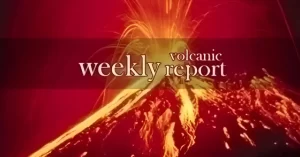Heightened activity at Ijen volcano, Alert Level raised to 2, Indonesia
Increased seismic activity was recorded at the Ijen volcano in Indonesia between January 1 and July 12, 2024. On July 12, a significant energy increase was observed along with a rise in continuous tremor amplitude, prompting authorities to increase the Alert Level from 1 to 2.









